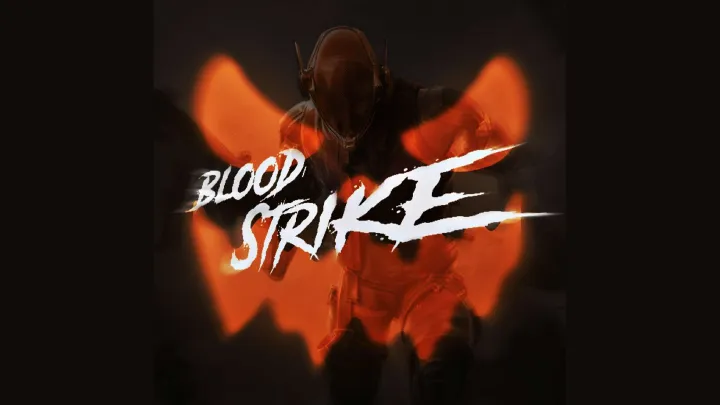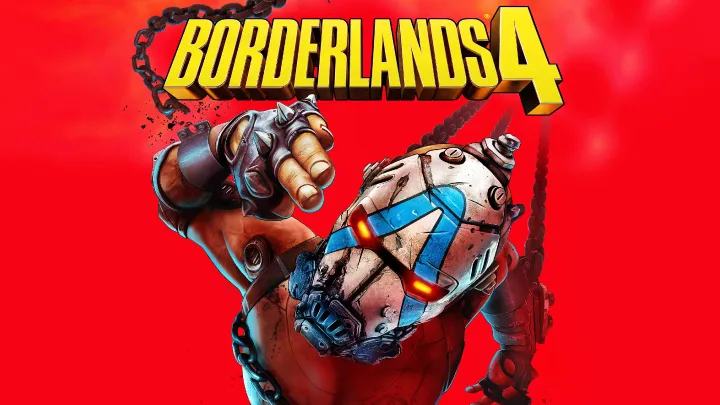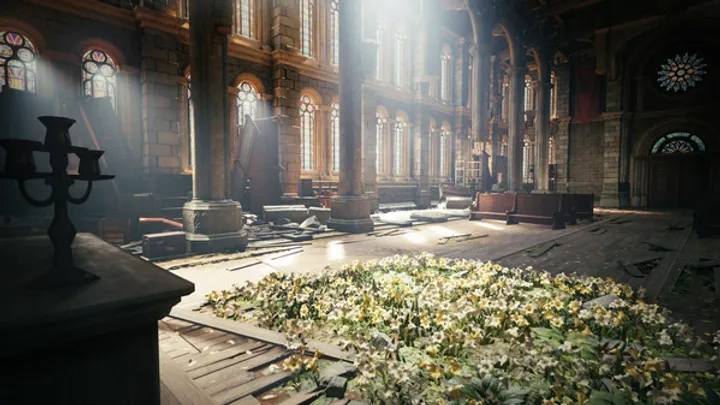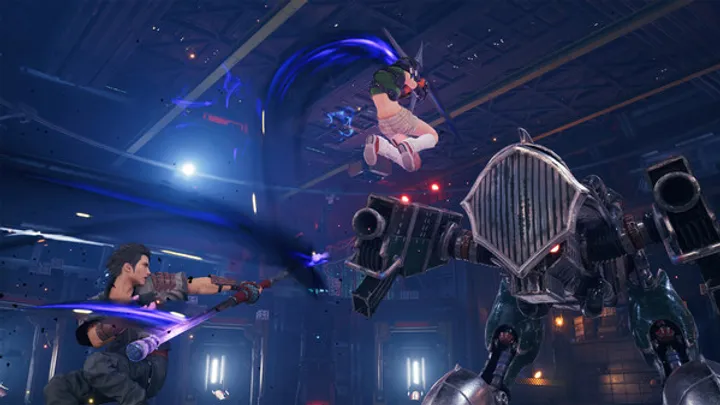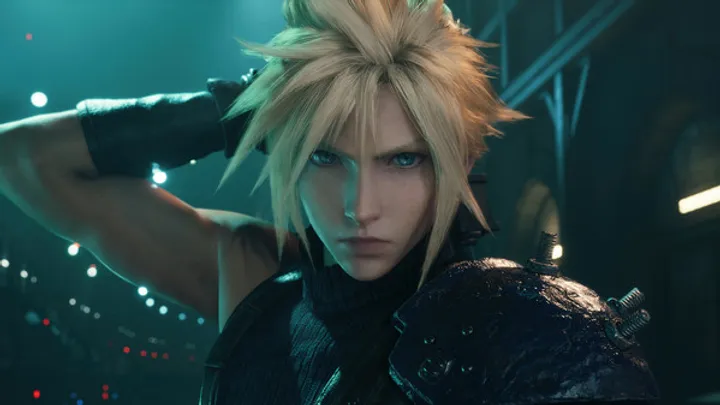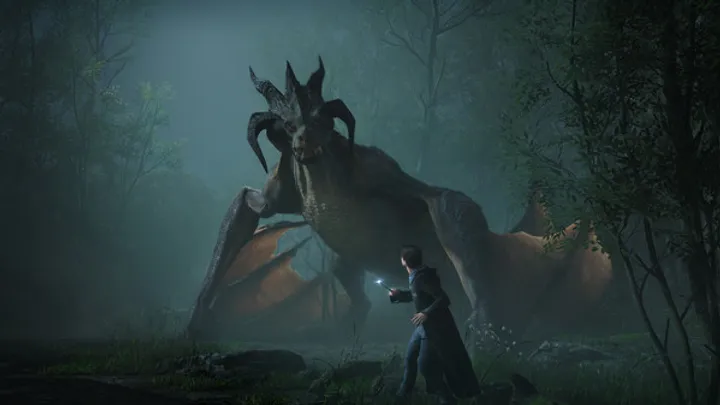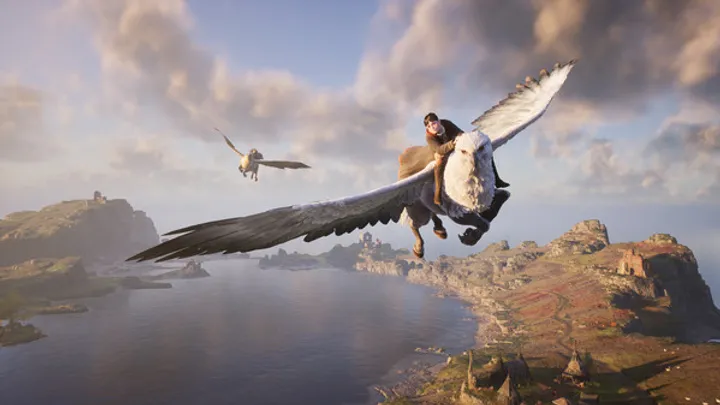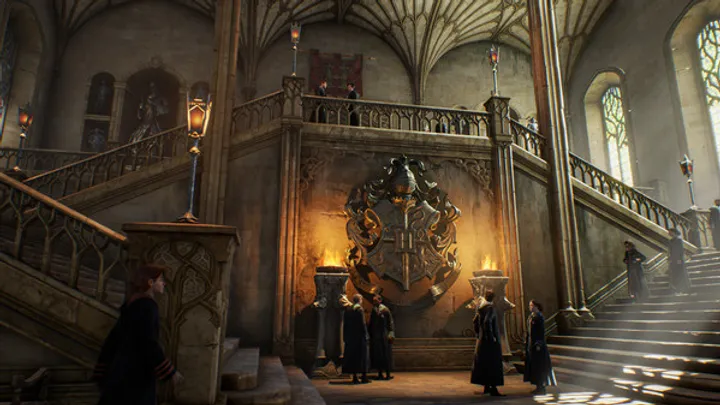Introduction – The Timeless Beauty of Pixel Art
In an era where ultra-realistic graphics dominate gaming, pixel art has made a surprising and powerful comeback. What was once considered a technical limitation in early video game history has evolved into a celebrated artistic choice, cherished for its nostalgic appeal, handcrafted beauty, and expressive simplicity. Pixel-art indie games, in particular, have gained immense popularity over the past decade, proving that a game doesn’t need photorealism to captivate audiences.
Indie developers often use pixel art not just because of its affordability compared to high-end 3D rendering, but also because of its ability to evoke emotions, charm players with retro vibes, and allow creative freedom. Many players feel an instant connection when they see the crisp, colorful pixels arranged into characters, landscapes, and worlds that spark the imagination.
1. Stardew Valley – A Farming Adventure Like No Other
When it comes to pixel-art indie games, Stardew Valley is often the first that comes to mind. Released in 2016 by solo developer Eric Barone (ConcernedApe), the game takes inspiration from classics like Harvest Moon while introducing its own innovations. The charm of Stardew Valley lies not only in its pixelated world but also in the deep sense of community, farming, and exploration it provides.
Players inherit a run-down farm and transform it into a thriving paradise. The game offers endless activities, from planting crops and raising animals to fishing, mining, and even battling monsters in caves. The pixel art perfectly captures each season, festival, and villager personality, immersing players in a world that feels alive.
The game’s success proved that players crave cozy, creative experiences, and its pixel style enhances the feeling of simplicity and warmth. Even years after its release, Stardew Valley remains a benchmark for indie pixel-art excellence.
2. Celeste – Climbing Mountains and Overcoming Struggles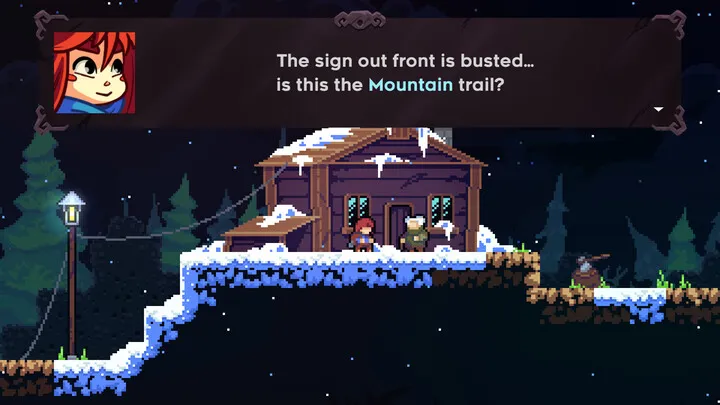
Celeste is more than just a platformer—it’s an emotional journey. Developed by Maddy Makes Games, this 2018 release blends tight, challenging platforming mechanics with a heartfelt story about mental health, perseverance, and self-discovery.
The pixel art in Celeste is deliberately minimalist yet striking. Each environment—from snowy cliffs to mystical temples—uses color and design to reflect the protagonist Madeline’s struggles. The game feels like a visual poem, proving that pixel graphics can convey complex emotions just as effectively as detailed 3D models.
What makes Celeste special is how its charm lies in both gameplay and message. Players push Madeline to the top of Celeste Mountain, facing increasingly difficult challenges, but each victory feels rewarding. The game’s pixelated aesthetic ensures the focus remains on precision, timing, and storytelling rather than visual clutter.
3. Hyper Light Drifter – A Pixel-Art Masterpiece of Mystery
Hyper Light Drifter, developed by Heart Machine, is a hauntingly beautiful game inspired by classics like The Legend of Zelda. Released in 2016, it combines exploration, fast-paced combat, and cryptic storytelling in a world full of mystery.
Its pixel art is nothing short of breathtaking. The game uses a vibrant yet eerie color palette to create otherworldly landscapes filled with ruins, forests, and mechanical horrors. Each frame looks like a work of art, blurring the line between game and digital painting.
The charm of Hyper Light Drifter comes from its silence. The game has no spoken dialogue or clear explanations. Instead, the pixel visuals, animations, and music guide the player’s understanding. This creates an immersive experience where every interpretation feels personal, making it one of the most atmospheric pixel-art games ever made.
4. Undertale – Quirky Pixels, Deep Storytelling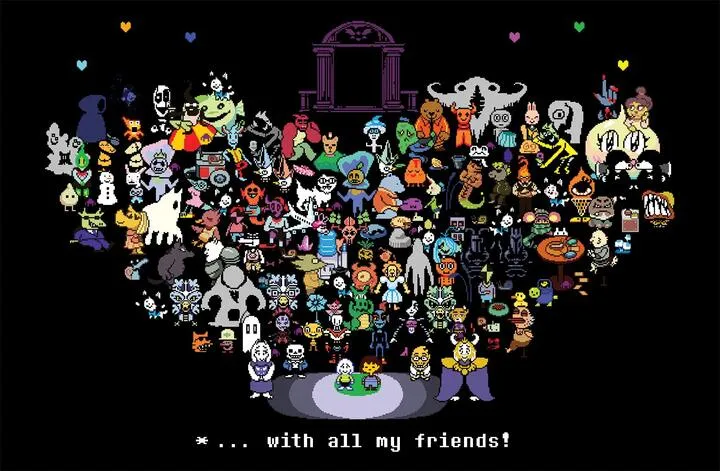
Few indie games have achieved the cult status of Undertale, developed by Toby Fox in 2015. At first glance, its pixel graphics seem almost too simplistic, but beneath the surface lies one of the most creative and emotionally impactful RPGs of all time.
Undertale’s charm comes from its quirky characters, witty humor, and unique combat system where players can choose mercy over violence. Every pixelated sprite feels alive, from the mischievous skeleton brothers Sans and Papyrus to the menacing yet misunderstood monsters.
What makes Undertale truly magical is how the pixel art complements the story’s themes of morality, choice, and consequence. It proves that a game doesn’t need flashy visuals to touch players’ hearts—it only needs creativity and sincerity.
5. Dead Cells – Roguelike Combat Meets Pixel Beauty
For fans of fast-paced action, Dead Cells by Motion Twin is a must-play. Released in 2018, this roguelike-metroidvania hybrid features fluid combat, challenging enemies, and ever-changing levels.
The pixel art in Dead Cells is stunningly detailed, with smooth animations that give every attack, dodge, and enemy encounter a visceral impact. The environments shift between gloomy dungeons, fiery caverns, and eerie rooftops, all brought to life through pixel brilliance.
The charm of Dead Cells lies in how it blends old-school aesthetics with modern mechanics. The pixel visuals keep the game grounded in tradition, while the fast, adaptive gameplay feels fresh and innovative. It’s proof that pixel art is not just nostalgic—it can enhance cutting-edge design.
6. Shovel Knight – A Love Letter to Retro Gaming
If there is one game that perfectly embodies the charm of pixel art, it’s Shovel Knight. Developed by Yacht Club Games, this 2014 release was designed as a tribute to 8-bit classics like Mega Man and Castlevania.
Players control the heroic Shovel Knight on his quest to defeat the Order of No Quarter and rescue his beloved Shield Knight. The pixel graphics capture the essence of NES-era gaming but with modern polish, smoothness, and vibrant colors.
Shovel Knight’s charm lies in its ability to feel familiar yet new. It successfully bridges generations of gamers—those who grew up with 8-bit adventures and those experiencing them for the first time. Its pixel art is not just nostalgic but celebratory.
7. Katana ZERO – Stylish Action in Pixel Form
Katana ZERO, developed by Askiisoft, is a stylish neo-noir action platformer released in 2019. Known for its brutal yet precise combat and time-bending mechanics, the game is a visual spectacle in pixel form.
The game’s pixel art is sleek, detailed, and atmospheric. Neon lights, rainy cityscapes, and dramatic combat animations make each level feel like an animated movie. Combined with a pulsing soundtrack, Katana ZERO becomes an audiovisual masterpiece.
Its charm comes from its fusion of style and substance. The story is dark, mysterious, and thought-provoking, while the pixel art elevates every moment with intensity and elegance. It proves that pixel games can be as cinematic as any modern title.
8. Terraria – The Sandbox Pixel Playground
Often described as a 2D version of Minecraft, Terraria is much more than that. Released in 2011 by Re-Logic, this sandbox adventure game allows players to dig, build, explore, and fight in a pixelated world of endless possibilities.
The game’s pixel art is simple yet expansive. Each biome, monster, and treasure chest adds charm to the ever-evolving world. With frequent updates, Terraria has continued to grow, offering players new content and adventures year after year.
The true charm of Terraria lies in its creative freedom. Players can shape the world however they want, and the pixel graphics make every creation feel handcrafted. It’s a game where imagination thrives, powered by the magic of pixels.
9. Fez – A Mind-Bending Pixel World
Fez, developed by Polytron, is a puzzle-platformer that redefined what pixel art could achieve. Released in 2012, it introduces a unique mechanic: rotating the 2D world to reveal hidden dimensions.
The pixel art in Fez is bright, colorful, and serene. The protagonist, Gomez, explores a world filled with secrets, ruins, and puzzles that feel both ancient and futuristic. Each rotation reveals new perspectives, proving that pixel visuals can support complex mechanics.
Fez’s charm lies in its combination of innocence and depth. At first glance, it looks like a simple platformer, but it quickly transforms into a profound exploration of perspective, reality, and discovery.
10. Eastward – A Pixel-Art Adventure with Heart
Released in 2021 by Pixpil, Eastward is a gorgeous pixel-art adventure RPG that blends charming storytelling with Studio Ghibli-inspired visuals.
The game’s pixel art is breathtaking, pushing the boundaries of what the style can achieve. Detailed towns, expressive characters, and lush environments make every scene feel alive. Eastward combines retro techniques with modern animation, creating some of the most stunning pixel visuals ever seen.
The charm of Eastward lies in its heartfelt story of companionship, survival, and hope. It demonstrates how pixel art can convey not just nostalgia but also cinematic beauty.
Conclusion – Why Pixel Art Will Always Endure
Pixel-art indie games prove that visual fidelity is not the ultimate measure of a game’s success. Instead, creativity, storytelling, and emotional resonance matter more. These games remind us that charm is not about realism but about how visuals, gameplay, and narrative connect with players.
From the cozy fields of Stardew Valley to the heart-pounding challenges of Celeste, from the mysterious ruins of Hyper Light Drifter to the heartfelt journeys of Undertale and Eastward, pixel-art indie games cover every corner of the gaming spectrum. Each of them showcases how limitation breeds innovation and how simplicity can lead to timeless beauty.
As technology advances, pixel art will continue to coexist with realistic graphics, offering players a different kind of experience—one that is intimate, nostalgic, and filled with artistic expression. In a world of pixels, we find not just retro charm but also limitless creativity.





